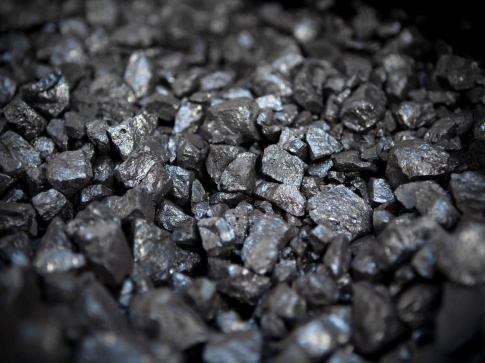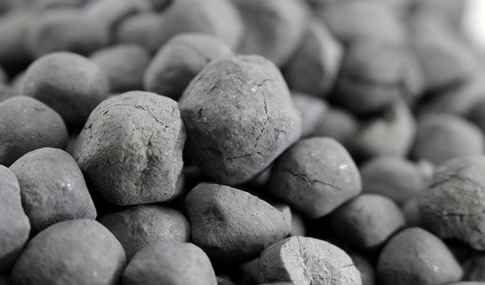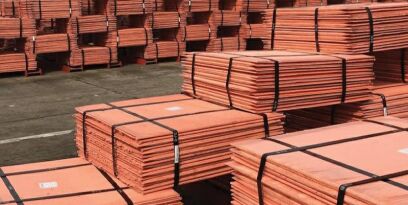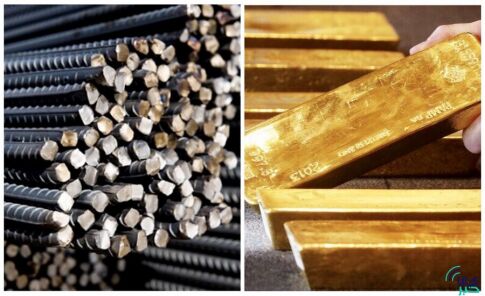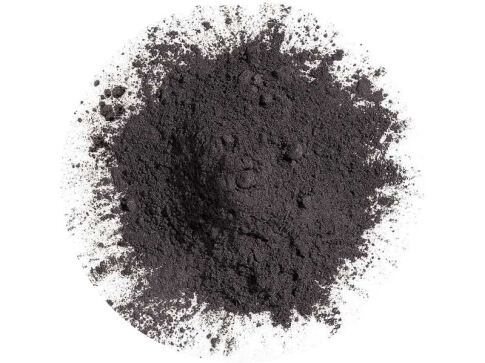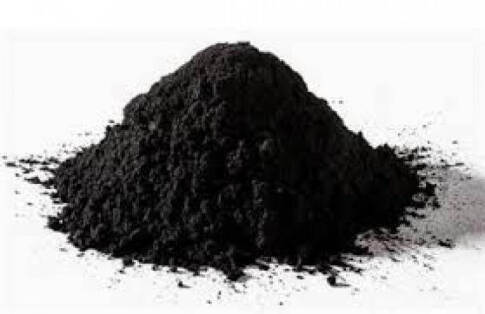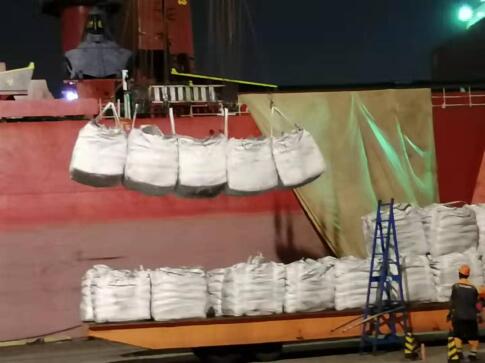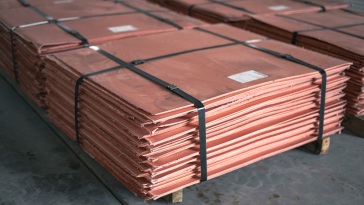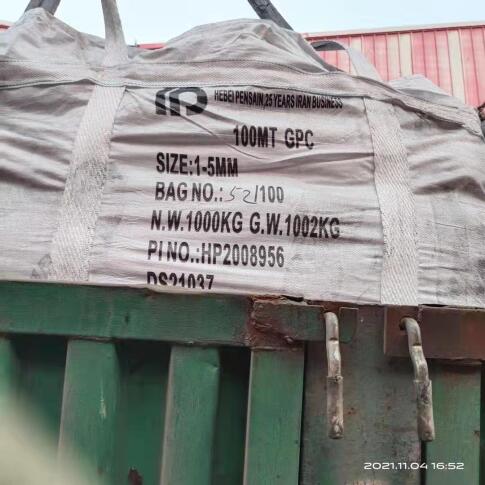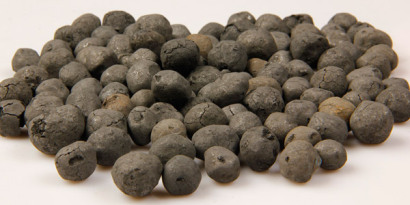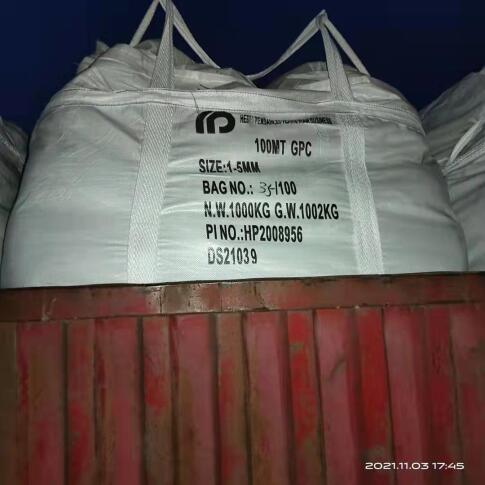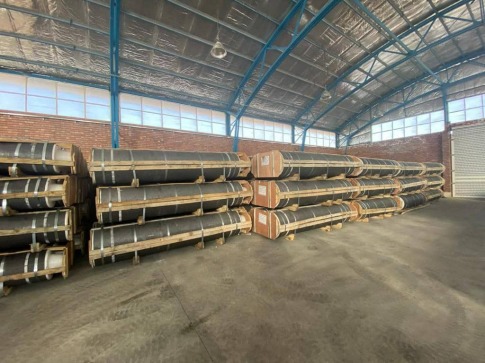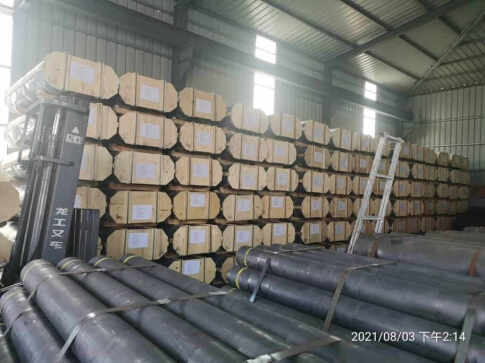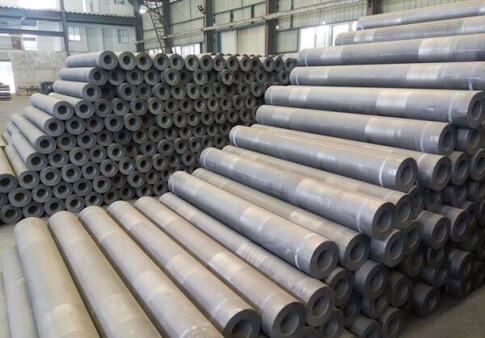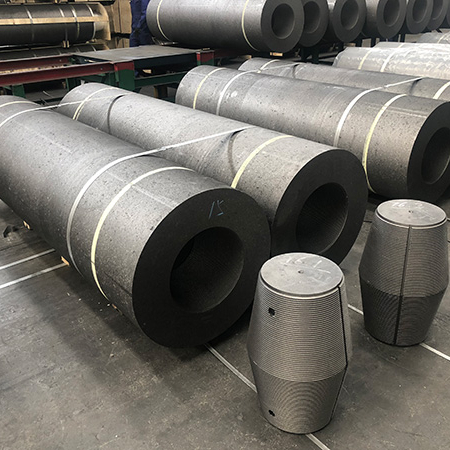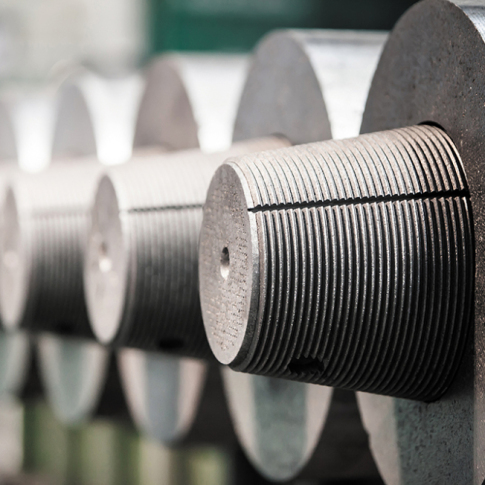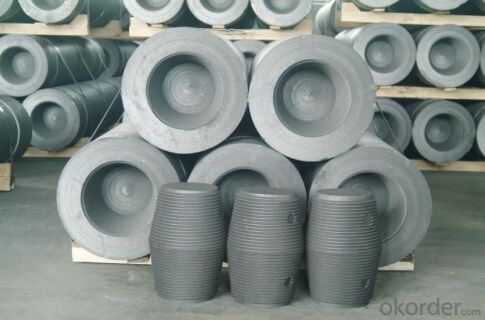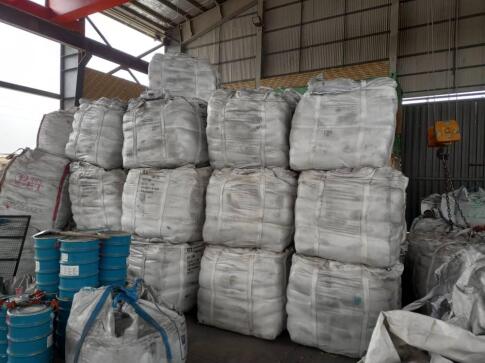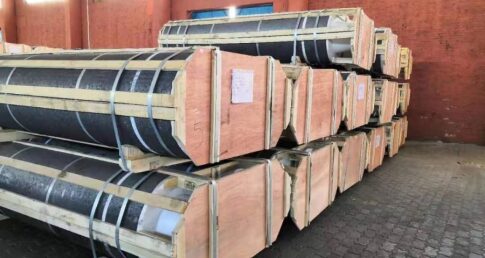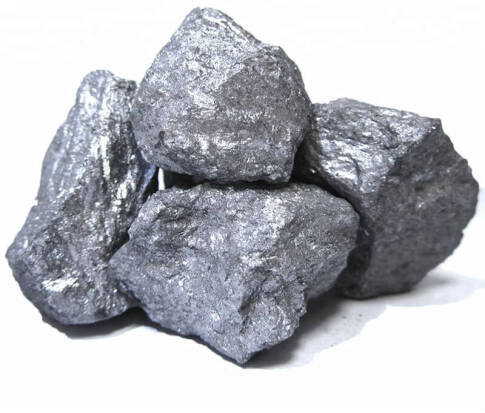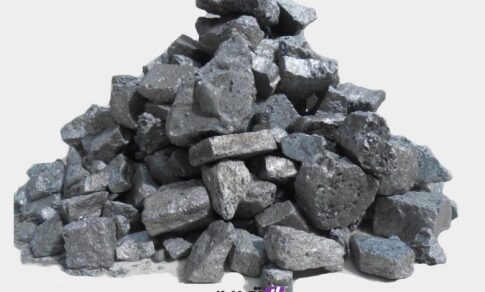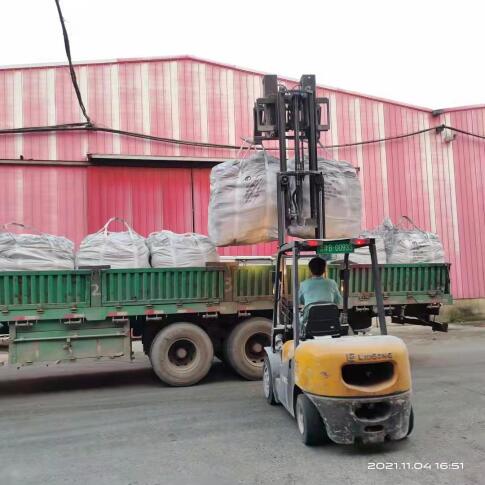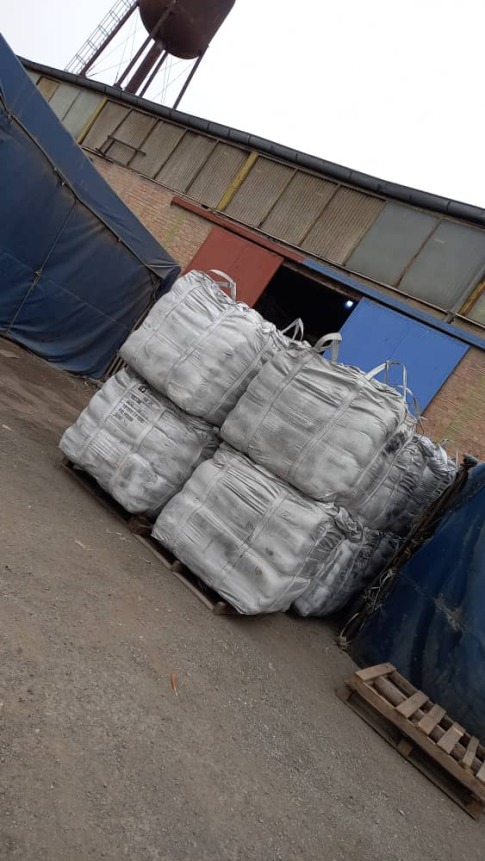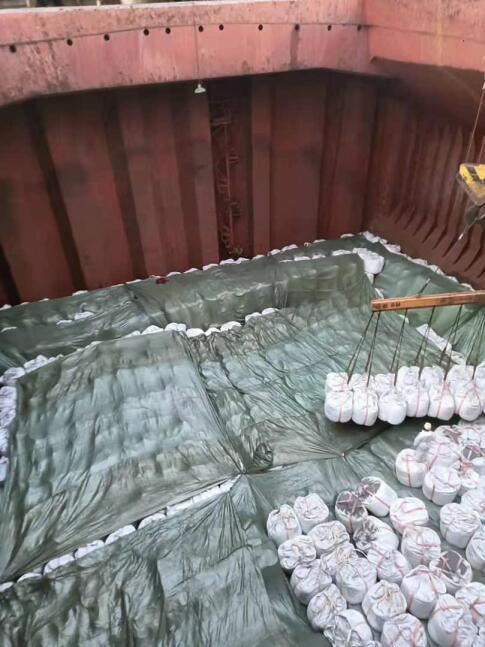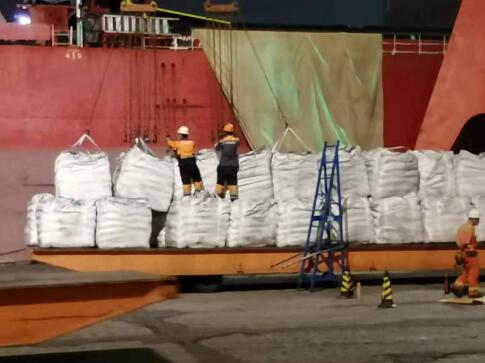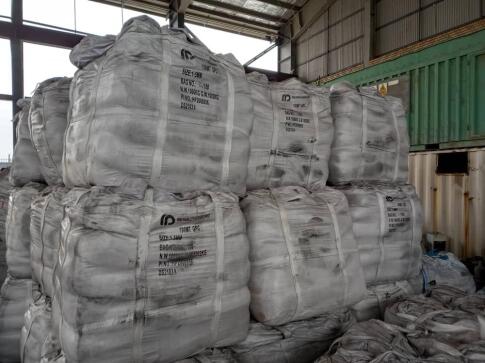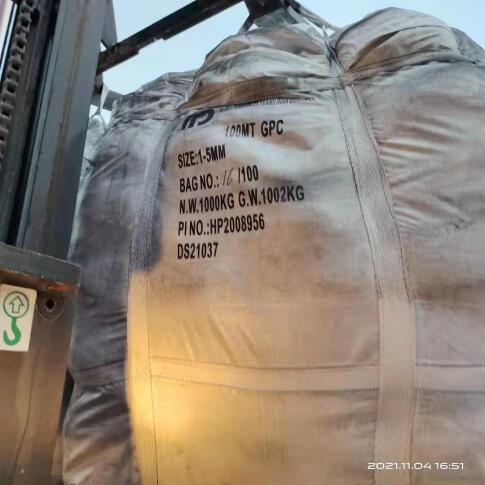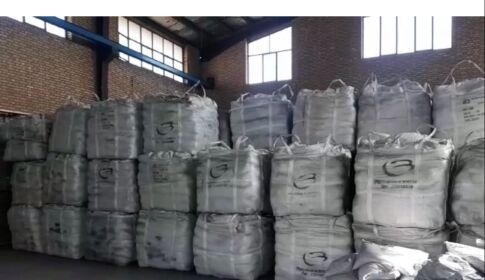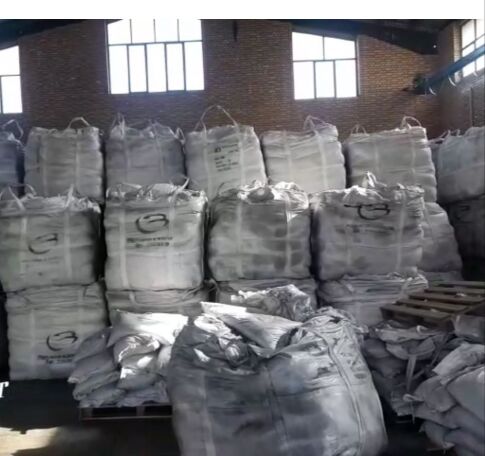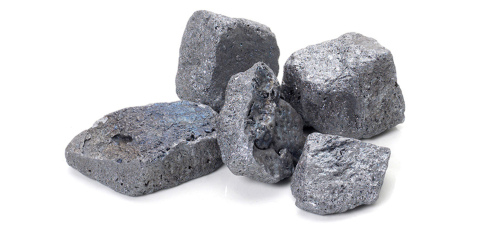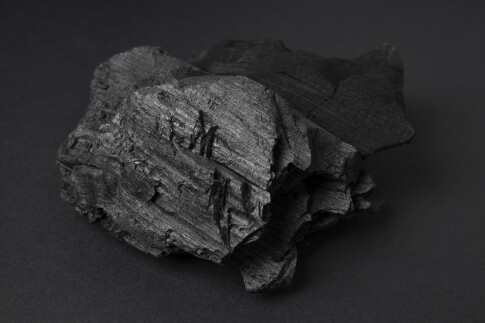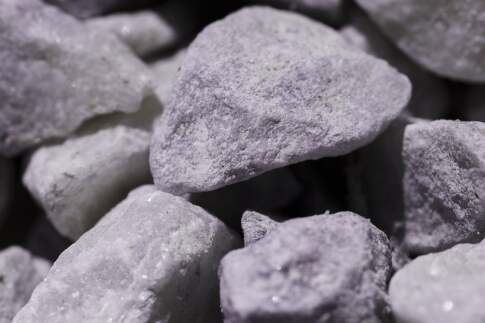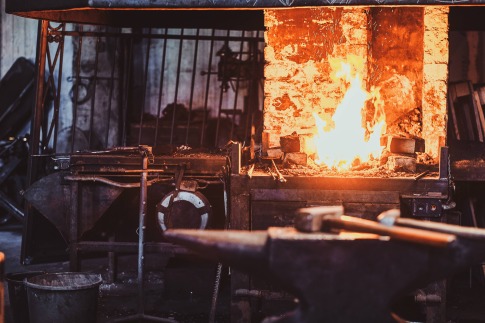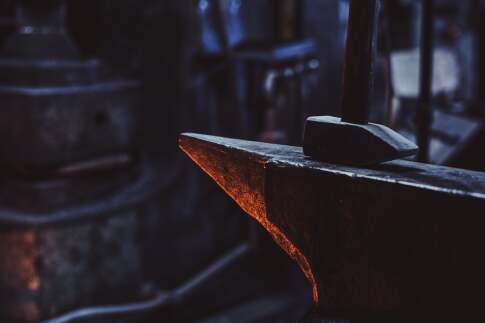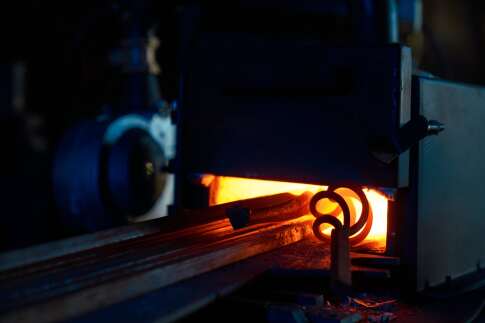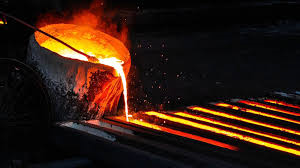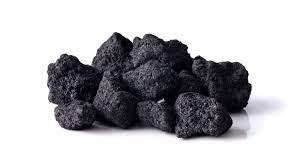
Petroleum coke
Petroleum coke or high-sulfur granulated graphite is a solid carbonaceous material obtained from oil refining and is a type of synthetic graphite. Petroleum coke is usually added to the melt for carbonization. The difference in carbon emission in coal and petroleum coke per unit of energy depends on the two parameters of volatile hydrocarbons and moisture in the coal. Petroleum coke contains more than 90% carbon and releases 5-10% more carbon per unit of energy than coal. Except for this product, the other types of coke products are traditionally obtained from coal. The most common use of petroleum coke or CPC is in the production of cast iron parts and gray iron ingots, which is usually petroleum coke used in cast iron casting industries.
The petroleum coke available in the Iranian market has several types of analysis, which differ in the type of petroleum coke used
This article is about coke, a fuel derived from petroleum. For the coal-derived fuel coke, see Coke (fuel).
petroleum coke
Petroleum coke or petroleum coke, abbreviated coke or cocoa, is a carbon-rich solid material obtained from oil refining and is one of the types of these fuels, which are called coke. Petroleum is coke, which, in particular, comes from a final cracking process—a Thermowood-based chemical engineering process that splits the long-chain hydrocarbons of petroleum into shorter chains—in units called poker units. is done
(Other types of coke are derived from coal.) Briefly stated, coke is "a carbonization product of the high-boiling hydrocarbon fractions obtained in petroleum processing (heavy residues)." (syncrude) from bitumen extracted from Canadian oil sands and Venezuelan Orinoco oil sands.
In petroleum poker units, the residual oils from other distillation processes used in oil refining are removed at high temperature and pressure, which treats the exit of the pot after driving off gases and volatiles and separating the remaining light and heavy oils. These processes are called "coking processes", and typically delay chemical engineering plant operations for the specific coking process.
Petroleum coke can be both fuel grade (high in sulfur and metals) and anode grade (low in sulfur and metals). Raw coke straight from the outside of the coin is often referred to as green coke. [1] In this context, "green" means unprocessed. Further processing of green coke with calcium in a rotary kiln separates the remaining volatile hydrocarbons from the coke. Calcined petroleum coke can be further processed in an anode baking furnace to produce anode coke of the desired shape and physical properties. Anodes are mainly used in aluminum and steel industries.
A carbon chimney is more than 80% carbon and emits 5% to 10% more carbon dioxide (CO2) per unit of combustion than coal. Because the pot has a higher energy content, cocoa emits between 30 and 80% more CO2 than coal per unit weight. The difference between coal and coke in the production of CO2 per unit of energy production depends on the moisture content of the coal and this increases the CO2. per unit of energy - heat of combustion - and on volatile hydrocarbons in coal and coke, which reduces CO2 per unit of energy.
types of
There are at least four basic types of petroleum coke, namely needle coke, honeycomb coke, sponge coke and shot coke. Different types of petroleum coke have different structures due to differences in operational variables and nature of raw materials. Important differences are also observed regarding the properties of coke types, especially the content of ash and volatile matter.
Needle coke, also called scolic coke, is a highly crystalline petroleum coke used in the production of electrodes for the steel and aluminum industries, and is particularly important because the electrodes must be replaced regularly. Needle coke is produced exclusively from liquid catalytic cracking (FCC) oil or coal tar oil.
The honeycomb flea is an intermediate flea, with oval pores that are evenly distributed. Compared to needle flea, honeycomb flea has a lower coefficient of thermal expansion and lower electrical conductivity.
Composition
Petroleum coke, in the calcined process which is heated or altered refined crude coke, removes much of the resource. Normally, milk coke does not release heavy metals as volatiles or greenhouse gases when refined.
Depending on the oil feedstock used, the composition of the pot may vary, but the main point is that it is primarily carbon. Carbon pot consists primarily of carbon, when in pure form it can weigh 98-99% by weight, which forms a compound of carbon with the formation of hydrogen. Pot in its raw nitrogen (green coke) at 0.1 to 0.5% and sulfur 0.2-6.0% after coke replacement, greenhouse gases are produced.
از طريق فرآيند پردازش حرارتي ، تركيب وزن با ماده فرار و گوگرد آزاد مي شود. این فرآیند به گلدان لانه زنبوری ختم می شود که با توجه به نامگذاری ، یک ساختار کربن جامد با سوراخ های موجود در آن است.
Depending on the oil feedstock used, the composition of the pot may vary, but the bottom line is that it is primarily carbon. Cocoa is primarily composed of carbon, when in pure form it can be 98-99% by weight, which forms a compound of carbon with the formation of hydrogen. (Green coke) Nitrogen in 0.5-0.0%, 0.sulf and 0.6-2.6% sulfur after calcination, they become greenhouse gas emissions.
Other heavy metals in pot are found as impurities because some of these metals become volatile after processing.
fuel grade
Fuel grade petroleum coke is classified as spongy coke or shot coke morphology. While oil refineries have been producing coke for over 100 years, the mechanisms that cause sponge coke or shot coke to form are poorly understood and cannot be accurately predicted. In general, lower temperatures and higher pressures lead to the formation of coke acid. In addition, the amount of insolubles in the hepan present and the fraction of light components present in the poker feed contribute.
While its high heat and low ash content make it a suitable fuel for generating electricity in coal boilers, petroleum coke is high in sulfur and low in volatility, and this problem causes environmental problems with its combustion. (and technical). Its gross calorific value (HHV) is nearly 8000 kcal/kg, which is twice the average value of coal used in electricity generation. [5] A common choice of sulfur recovery unit for burning petroleum coke is the SNOX Flue Gas Fortification Technology, [7] which is based on the well-known WSA process. Fluidized bed combustion is commonly used to burn petroleum coke. This raw gas is increasingly used.
calcine
Petroleum coke or calcined petroleum coke (CPC) is the calculation product of petroleum coke. This coke is the product of the coker unit in the crude oil refinery. Calcined petroleum coke is used to make anodes in aluminum, steel and titanium smelting industry. Green coke must be low enough in metal to be used as the anode material. Green coke with this low metal content is called anode grade coke. When green coke contains too many metals, it is not refined and used as coke with fuel in furnaces.
dehydration
The high amount of sulfur in the pot reduces its market value and may prevent its use as a fuel due to the limitation of the release of sulfur oxides for environmental reasons. Therefore, methods have been proposed to reduce or eliminate the amount of sulfur in rose water. Most of them involve the removal of inorganic sulfur present in the pores or coke surface and partitioning and removal of organic sulfur attached to the aromatic carbon skeleton.
The possible methods of petroleum sulfur can be classified as follows:
Solvent extraction
Chemical treatment
Thermal desalination
Dehydration in oxidizing atmosphere
Dehydration in an atmosphere containing sulfur gases
Dehydration in the atmosphere of hydrocarbon gases
Hydrosulfurization
As of 2011, there was no commercial process for pot detoxification
Storage, disposal and sale
Almost pure carbon, the chimney is a strong source of carbon dioxide when burned.
Gasoline coke may be waiting to be sold in a pile near an oil refinery. For example, in 2013 a large Koch Carbon storage near the Detroit River was produced by a Detroit-based Marathon Petroleum refinery that had begun refining Alberta tar in November 2012. 2013 and China and Mexico were the markets where California was exported to be used as fuel. As of 2013, the Oxbow Company, owned by William I Koch, was a major seller in the cocoa business, selling 11 million tons annually.
According to the Associated Press, in 2017, a quarter of US fuel exports went to India. In 2016, this amount was more than eight million tons, more than 20 times more than in 2010. [12] India's Environment Pollution Control Board has tested imported cow's milk near New Delhi and found sulfur levels 17 times the legal limit.
The International Convention for the Prevention of Pollution from Ships (MARPOL 73/78), adopted by the IMO, stipulates that seagoing ships shall consume residual fuel oils (bunker fuel, etc.) with a sulfur content of more than 0.5% from 2020. don't do . Approximately 38% of the remaining fuel oils are consumed in the transportation sector. In the process of converting excess residual oils into lighter oils by coking processes, pet coke is produced as a by-product. Due to the reduced demand for residual oil, the availability of pet fleas is expected to increase in the future. Pet fleas are also used in methanation plants to produce synthetic natural gas, etc., to avoid the problem of pet flea disposal.
Health risks
Petroleum coke is sometimes a source of fine dust that can penetrate the filtering process of human airways, lodge in the lungs, and cause serious health problems. Studies have shown that petroleum coke itself has low levels of toxicity and no evidence of carcinogenicity.
Petroleum coke can contain vanadium, a toxic metal. Vanadium was found in dust collected in occupied houses near oil coke that was stored along the Detroit River. According to the EPA, vanadium is toxic in small amounts, 0.8 micrograms per cubic meter of air.
Based on numerous studies and analyzes by the Environmental Protection Agency, petroleum coke has low health potential. It has no significant carcinogenic, developmental or reproductive effects. In animal case studies, repeated dose chronic inhalation has shown respiratory inflammation caused by dust particles, but not specific to petroleum coke.
Environmental hazards
Environmental concerns are caused by the storage and combustion of rose water. After the pot is processed, side wastes are collected and pose the problem of waste management. The amount of silt above Patkak is 21.2%, increasing the risk of fugitive dust scattering from the Kalepache hills under strong winds. An estimated 100 tons of particulate matter, including PM10 and PM2.5, are released into the atmosphere each year in the United States. Waste management and release of fugitive dust is particularly problematic in the cities of Chicago, Detroit and Green Bay.
Externalities arise from pots that have potential environmental effects. Cocoa consists of 90% by weight of elemental carbon, which is converted into CO
2 during combustion. The use of pots also causes the release of sulfur gases and the possibility of water pollution through the passage of nickel and vanadium from refining and storage.
Petroleum coke, petroleum coke, petroleum coke, petroleum coke, petroleum coke



